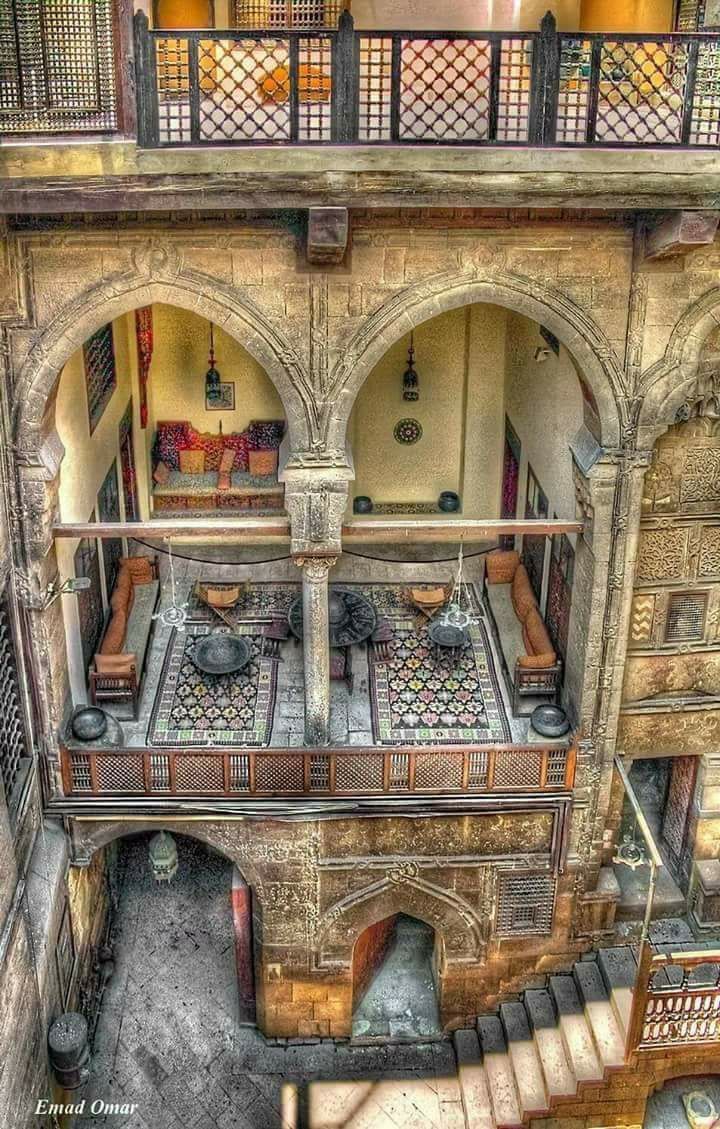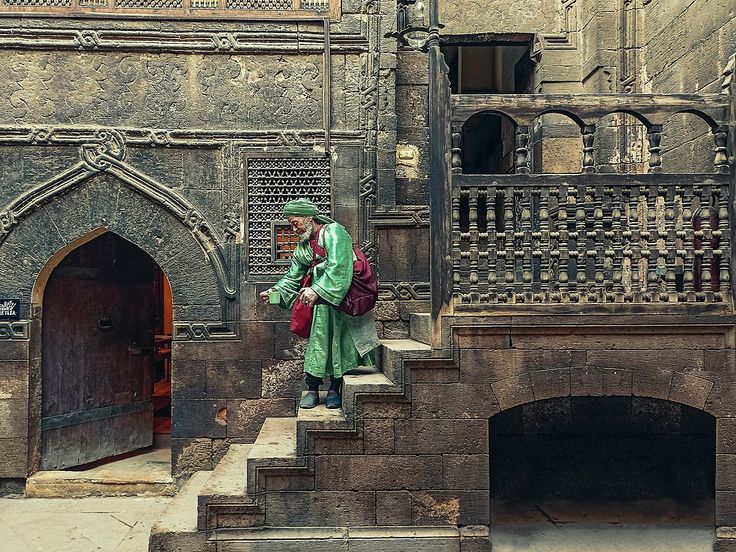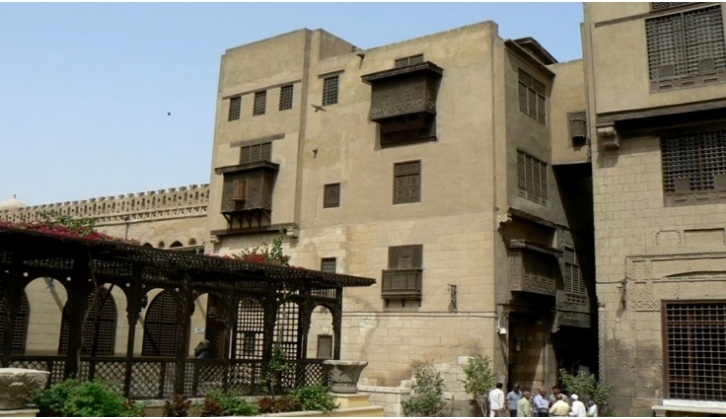Introduction: A Hidden Treasure in the Heart of Cairo
When most travelers envision Cairo, their minds often jump to towering pyramids or bustling bazaars. But just beside the iconic Mosque of Ibn Tulun, there’s a lesser-known gem that immerses you in the charm of Islamic art, Ottoman-era lifestyle, and colonial Egypt—all under one roof. Welcome to the Gayer Anderson Museum.
For travelers who appreciate detail, design, and history that unfolds with each room, the Gayer Anderson Museum is a must-visit. This beautifully preserved house is one of the finest examples of domestic Islamic architecture in Cairo and offers a rare, intimate look at how affluent Cairenes lived centuries ago.

Who Was Gayer Anderson?
The museum is named after Major R.G. Gayer-Anderson, a British army doctor and orientalist who lived in Egypt during the early 20th century. Fascinated by Middle Eastern culture, he restored and furnished two adjacent 16th- and 17th-century houses beside Ibn Tulun Mosque.
Anderson obtained special permission from the Egyptian government to reside in and preserve the homes in the 1930s. He filled the rooms with artifacts, furniture, textiles, and artworks from across the Islamic world. In return, he donated the house and its contents to the Egyptian government upon his departure in 1942. The house became a museum in his honor shortly thereafter.
The Museum Experience: Walking Through Time
The Gayer Anderson Museum is more than just a house; it’s a curated journey through Islamic history, art, and daily life. Visitors often describe the experience as stepping into a different era, where every corner tells a story.
Highlights of the Museum:
-
Persian Room: Decorated with stunning carpets, cushions, and wall hangings from Persia (modern-day Iran), this room showcases traditional Eastern luxury.
-
Mohamed Ali Room: Named after the 19th-century ruler, this room features lavish Ottoman furniture, painted ceilings, and period artifacts.
-
Harem Quarters: Offering insight into gender-segregated spaces in Islamic homes, the harem includes a sitting room, private quarters, and a beautifully lit mashrabiya screen.
-
Reception Hall (Qa’a): With its high ceilings, intricate woodwork, and geometric patterns, this space reflects the grandeur with which guests were entertained.
-
Rooftop Terrace: Views over the ancient Mosque of Ibn Tulun and Cairo’s skyline—perfect for photography and quiet reflection.
Each room is preserved with exceptional attention to detail, making it a favorite destination for architecture enthusiasts, interior designers, and historians.
%20(2025)%20All%20You%20Should%20Know%20BEFORE%20You%20Go%20(w_%20Reviews).jpg)
Why Visit the Gayer Anderson Museum?
While Cairo’s mega-museums like the Egyptian Museum or the Grand Egyptian Museum attract larger crowds, the Gayer Anderson Museum offers a completely different experience—intimate, immersive, and deeply atmospheric.
Top Reasons to Add It to Your Itinerary:
-
???? Authentic Ambience: It's one of the few places in Cairo where you can walk through a historically preserved Islamic-era home.
-
???? Art & Antiques: The house is filled with calligraphy, glassware, textiles, manuscripts, and more—many with fascinating stories.
-
???? Cultural Context: See how Islamic values shaped home design, from prayer niches to gendered spaces.
-
???? Hollywood History: The museum served as a filming location for The Spy Who Loved Me (James Bond, 1977)—a fun surprise for film buffs.
-
???? Off the Beaten Path: Since it’s not as crowded as other sites, you can take your time and enjoy a more personal visit.
Visitor Information
-
Location: Right next to the Mosque of Ibn Tulun, in the Sayyida Zeinab district of Cairo.
-
Hours: Typically open daily from 9:00 AM to 4:00 PM.
-
Entry Fees: Reasonably priced, with different rates for Egyptians, foreigners, and students. Camera fees may apply.
-
Photography: Allowed in most areas, though flash and tripods are often prohibited.
-
Accessibility: The museum includes staircases and narrow hallways, so wear comfortable shoes and prepare for some walking.

Tips for Exploring
-
Go Early: Visit in the morning for better lighting and fewer crowds.
-
Pair with Ibn Tulun Mosque: Since they are side by side, it’s ideal to combine both in one visit.
-
Hire a Guide: While signs are available, a guide can share the deeper stories behind each room and artifact.
-
Mind the Décor: Many rooms are decorated with fragile antiques. Avoid leaning on furniture or touching displays.
Nearby Attractions
-
Mosque of Ibn Tulun: One of Cairo’s oldest and largest mosques. Its spiral minaret offers a unique panoramic view of the city.
-
The Mosque of Sultan Hassan & Al-Rifai Mosque: Both are nearby and represent some of the grandest mosques in Egypt.
-
Coptic Cairo: Just a short ride away, where you can visit the Hanging Church, the Coptic Museum, and Abu Serga Church.
-
Khan El Khalili Bazaar: After your museum tour, head over for souvenir shopping and traditional Egyptian food.
Suggested Itinerary: Half-Day Historical Adventure
Morning:
Start at Gayer Anderson Museum. Allow 1–1.5 hours to explore the rooms and rooftop.
Midday:
Cross into Ibn Tulun Mosque—don’t miss the chance to climb the minaret.
Afternoon:
Head to a nearby café or continue to Mosque of Sultan Hassan for more architectural marvels.
What Makes the Gayer Anderson Museum Unique?
The Gayer Anderson Museum stands out as a bridge between cultures—British, Egyptian, Persian, Ottoman, and Islamic—all under one roof. It's not just a museum; it’s a beautifully preserved home that tells a deeply human story: the story of an outsider who fell in love with Egypt and worked passionately to preserve its culture.
The museum is a reminder that history isn’t only found in grand pyramids or towering mosques. Sometimes, it lives in the quiet corners of a house—on its walls, its carpets, and the sunlight falling through a carved wooden screen.
Conclusion: Step Into Cairo’s Living History
If you're looking to experience Cairo in a new light—one that mixes art, architecture, nostalgia, and cultural immersion—the Gayer Anderson Museum is a must. It's a time capsule, a love letter to Islamic design, and one of Cairo’s most atmospheric landmarks.
Explore the elegance of Islamic heritage and discover the stories behind every carved panel and velvet curtain at the Gayer Anderson Museum.

